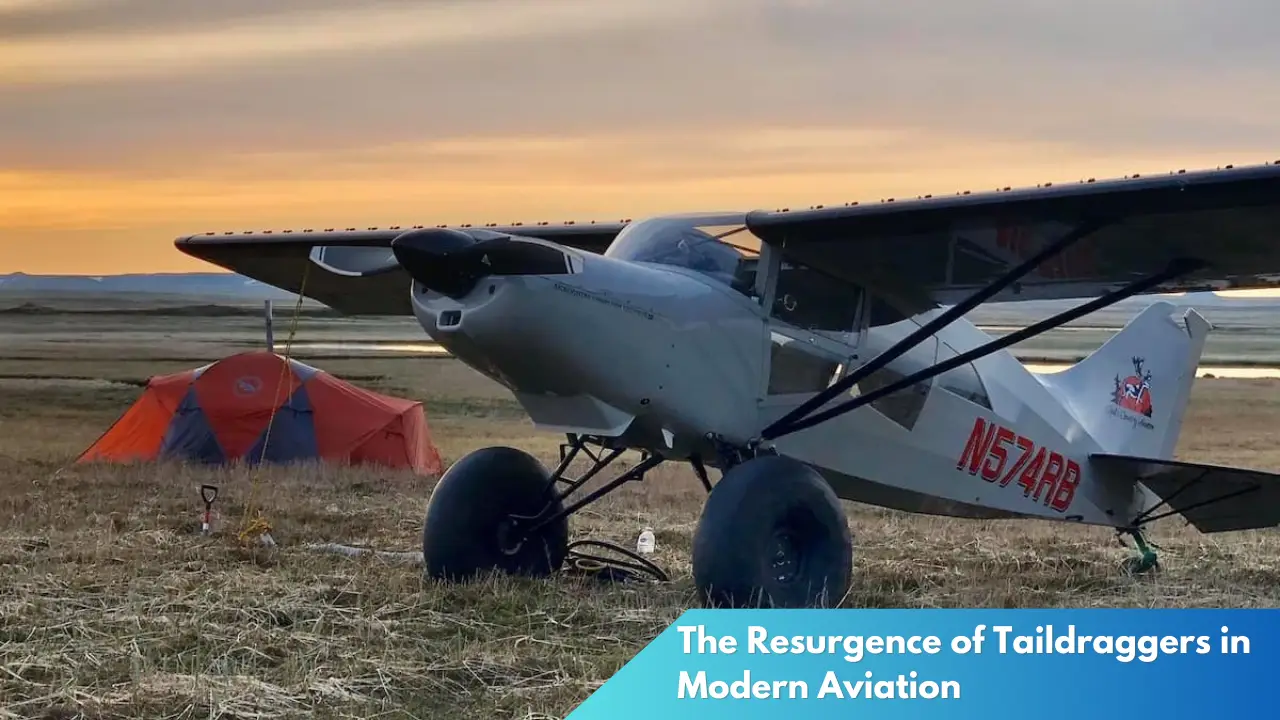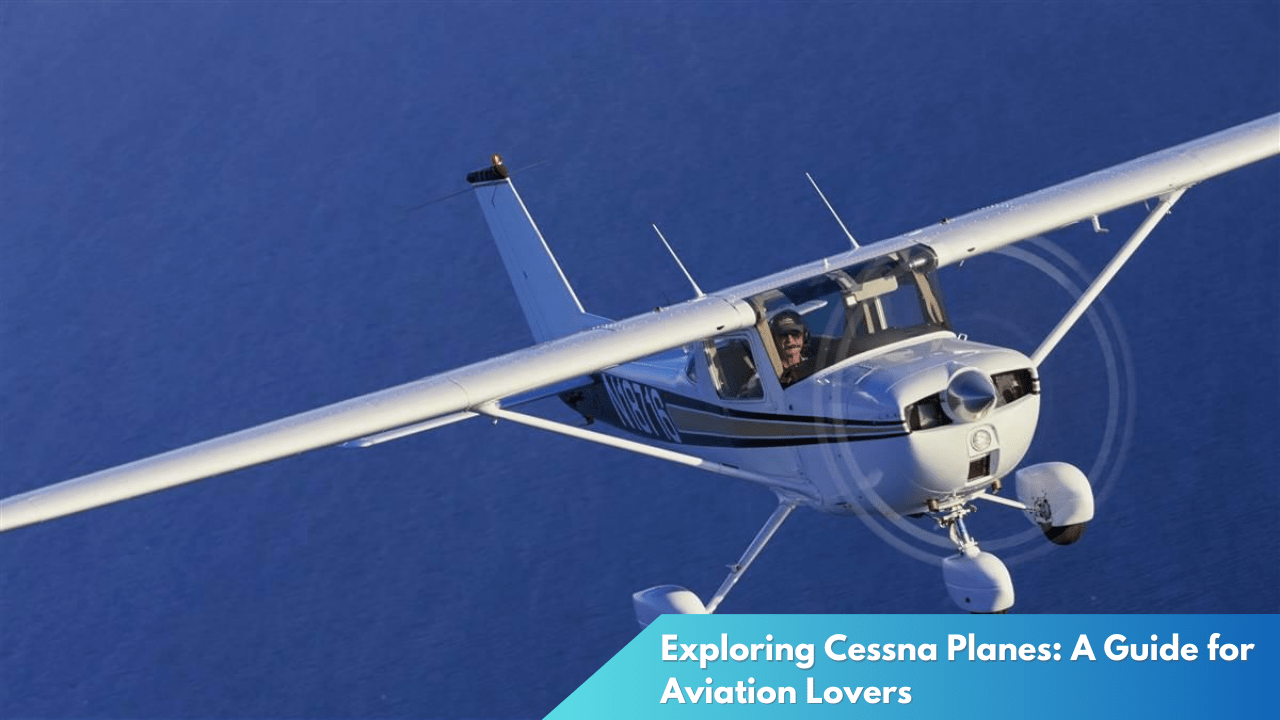The Resurgence of Taildraggers in Modern Aviation
The aviation world is experiencing a surprising resurgence of a classic aircraft design: taildraggers. Known for their distinctive landing gear configuration with a small wheel at the tail, these planes were once the mainstay of early aviation but became overshadowed by more modern designs. Today, however, pilots and aviation enthusiasts are rediscovering the unique qualities and the nostalgic appeal of taildraggers, leading to a renewed interest in these classic aircraft.
Taildraggers Make a Comeback in Today’s Skies
In recent years, there has been a noticeable increase in the presence of taildraggers i
n general aviation, a trend that has sparked curiosity and interest among aviation communities worldwide. The resurgence of these classic aircraft is driven in part by a growing interest in vintage aviation and a desire to preserve the legacy of early flight. Many flight schools and private owners are embracing taildraggers not only for their historical significance but also for the unique flying experience they offer, which harkens back to the golden age of aviation.
The comeback of taildraggers is also fueled by advancements in aviation technology that make it easier and safer to fly these aircraft. New materials and design improvements have addressed some of the traditional challenges associated with taildraggers, such as ground looping and limited visibility on the ground. Modern avionics and safety systems have been integrated into these classic designs, making them more accessible to a new generation of pilots who are eager to experience the thrill and skills required to master tailwheel landings and takeoffs.
Additionally, the increasing popularity of recreational flying has contributed to the taildragger revival. As more pilots seek out unique and rewarding flying experiences, the taildragger’s distinctive handling characteristics and the pilot skills required to operate them become attractive features. This renewed interest is not only bringing taildraggers back into the skies but is also fostering a revitalized market for their production and restoration, ensuring that these iconic aircraft remain an enduring part of aviation history.
Modern Pilots Embrace Classic Aircraft Design

Today’s pilots are embracing taildraggers not just as a nod to aviation’s past but as a testament to the enduring appeal of classic aircraft design. Many aviators are drawn to the taildragger’s simplicity and elegance, reflecting a growing appreciation for traditional flight skills in an age dominated by automated systems. Taildraggers require a level of precision and skill from pilots that is often seen as a badge of honor, offering a rewarding challenge that many modern pilots find irresistible.
Training in taildraggers has also gained popularity, with flying clubs and flight schools incorporating tailwheel endorsements into their curricula. This training provides pilots with a broader skill set, enhancing their overall proficiency and confidence in handling various aircraft types. The tactile feedback and demands of flying a taildragger sharpen a pilot’s airmanship, and mastering these aircraft can be a deeply fulfilling achievement. As a result, pilots often describe flying taildraggers as a more “pure” and immersive flying experience.
Moreover, taildraggers serve as a bridge between generations of aviators, connecting seasoned veterans with younger pilots eager to learn classic flight techniques. This shared passion for vintage aircraft fosters a sense of community and continuity within the aviation world. By embracing taildraggers, modern pilots are not only preserving a vital piece of aviation history but also ensuring that the skills and stories associated with these iconic aircraft continue to inspire future generations of aviators.
The resurgence of taildraggers in modern aviation is a testament to the enduring charm and functional appeal of these classic aircraft. As pilots continue to discover the joys and challenges of flying taildraggers, these aircraft are poised to remain a significant part of the aviation landscape. Whether for training, recreation, or the sheer enjoyment of flight, taildraggers offer a unique and rewarding experience that celebrates the rich history and timeless allure of aviation.



